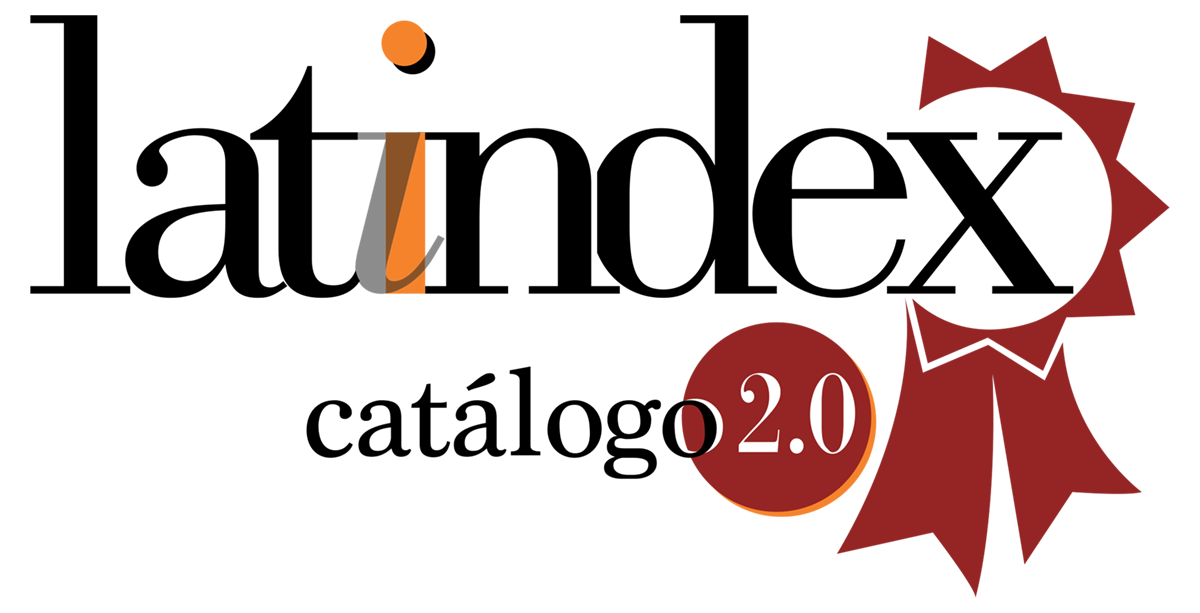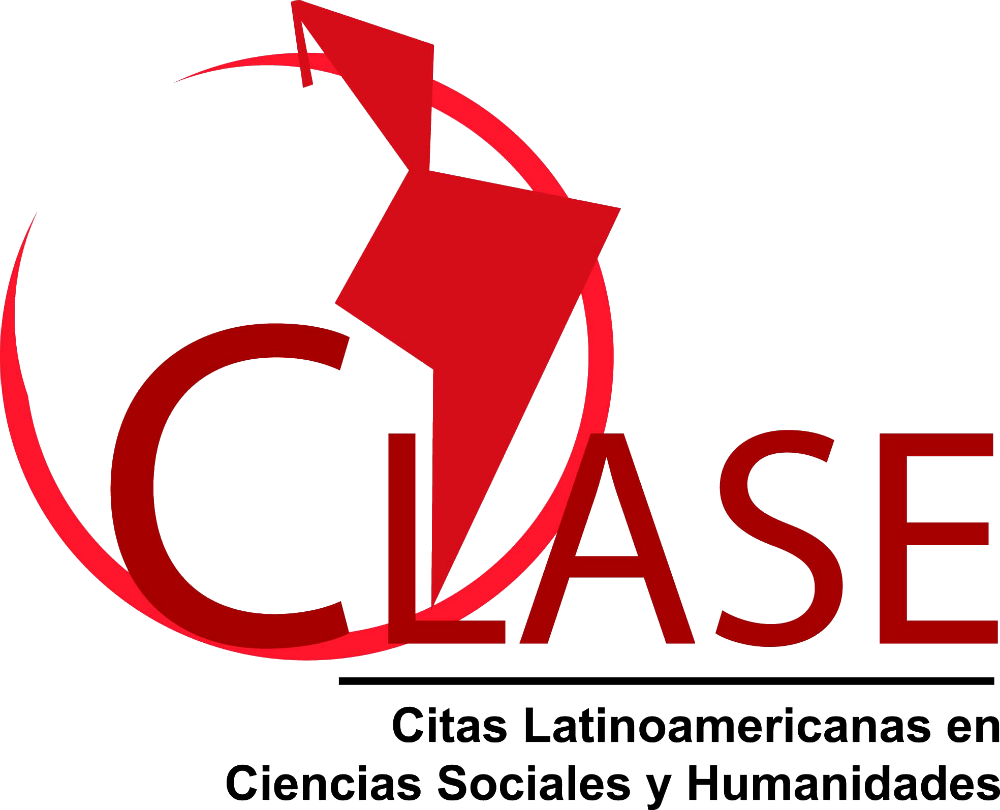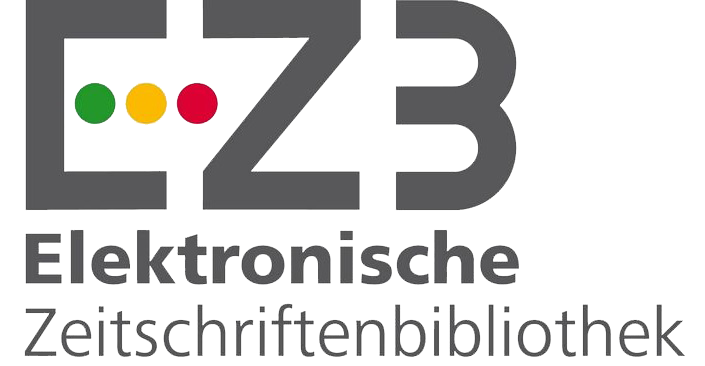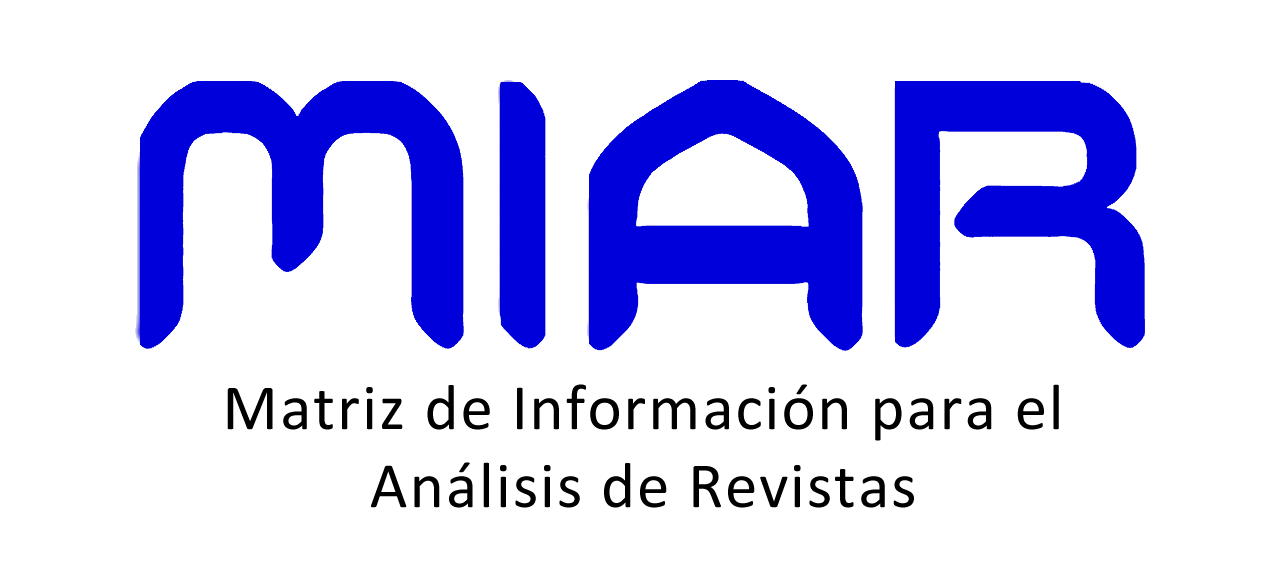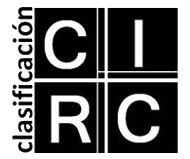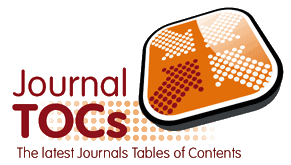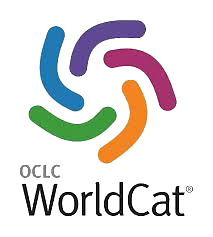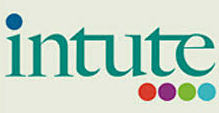Why fake news is shared on social media. An analysis of the Peruvian case during the coronavirus crisis
DOI:
https://doi.org/10.24215/16696581e779Keywords:
COVID-19, coronavirus, pandemic, social media, fake news, disinformation, Internet, social networksAbstract
Fake news spread widely during the coronavirus pandemic in Peru, mainly through social media, which people used to stay informed during this period of health crisis. Therefore, this research examines the reasons that motivated Peruvian social media users to share fake news during the first 15 months of the COVID-19 coronavirus pandemic. A descriptive cross-sectional quantitative content analysis was conducted on the responses of 821 users of these platforms. According to the results, the answer to the research question "Why did Peruvian users share fake news about the coronavirus on social media between March 2020 and June 2021?" is that they did it mainly for four reasons: (a) to refute its content; (b) to warn about the lie; (c) because they believe in the content; and (d) to start conversations. It is also concluded that the age and gender of the users influence the decision to share these publications.
Downloads
References
Agencia Andina. (8 de abril de 2020). Coronavirus: cárcel hasta por 6 años para quien difunda noticias falsas. https://andina.pe/agencia/noticia-coronavirus-carcel-hasta-6-anos-para-quien-difunda-noticias-falsas-792112.aspx
Alarcón del Amo, M., Lorenzo, C. & Gómez, A. (2011). Classifying and Profiling Social Networking Site Users: A Latent Segmentation Approach. Cyberpsychology, Behavior, and Social Networking, 9 (14), 547 - 553. https://doi.org/10.1089/cyber.2010.0346
Allcott, H. & Gentzkow, M. (2017). Social media and fake news in the 2016 election. Journal of economic perspectives, 31(2), 211-236. http://doi.org/10.1257/jep.31.2.211
BBC (3 de setiembre de 2021). Coronavirus: 8 gráficos que muestran el número de casos y muertes por covid-19 y qué países están vacunando más en América Latina y el resto del mundo. https://www.bbc.com/mundo/noticias-58436227
Blanco, P. (24 de marzo de 2020). Reporteros Sin Fronteras rastrea cómo la censura china
contribuyó a expandir el coronavirus. El País. https://web.archive.org/web/20200324193019/https://elpais.com/elpais/2020/03/24/hechos/1585063368_490254.html
Calvo, E. & Aruguete, N. (2020). Fake news, trolls y otros encantos. Cómo funcionan (para
bien y para mal) las redes sociales. Siglo XXI Editores. Argentina.
Casero-Ripollés, A. (2020). Impact of Covid-19 on the media system.
Communicative and democratic consequences of news consumption during the
outbreak. El profesional de la información, 29(2), 1-11. https://doi.org/10.3145/epi.2020.mar.23
Dafonte-Gómez, A. (2018). Audience as medium: Motivations and emotions in news sharing.
International journal of communication, 12, 2133-2152. http://hdl.handle.net/11093/1062
Del Fresno, M., Daly, A. & Segado, S. (2016) Identificando a los nuevos influyentes en
tiempos de Internet: medios sociales y análisis de redes sociales. Revista Española de Investigaciones Sociológicas, (153), 23-42. http://doi:10.5477/cis/reis.153.23
Del Vicario, M., Bessi, A., Zollo, F., Petronic, F., Scala, A., Caldarelli, G., Stanley, E. &
Quattrociocchi, W. (2016). The spreading of misinformation online. Proceedings of the National Academy of Sciences, 113(3), 554-559. https://doi.org/10.1073/pnas.1517441113
Elías, C. (2018). Fake news, poder y periodismo en la era de la posverdad y hechos alternativos. Ámbitos. Revista Internacional de Comunicación, (40). https://idus.us.es/handle/11441/71888
Estrada, Alonso., Alfaro, K. & Saavedra, V. (2020). Disinformation y Misinformation,
Posverdad y Fake News: precisiones conceptuales, diferencias, similitudes y
yuxtaposiciones. Información, cultura y sociedad: revista del Instituto de
Investigaciones Bibliotecológicas, núm. 42, 2020, Junio, pp. 93-106 Universidad de
Buenos Aires Argentina DOI: https://doi.org/10.34096/ics.i42.7427
Fassini, F. (2018). ‘Fake news’ challenges audiences to tell fact from fiction. UN News,
United Nations. https://news.un.org/en/audio/2018/05/1008682
Facebook (2022). https://www.facebook.com/help/1155510281178725
Ghebreyesus, T. (2020, 15 de febrero). Munich Security Conference. World Health Organization. https://www.who.int/dg/speeches/detail/munich-security-conference.
Gómez-Zorrila, J.M. (2015). El fenómeno de la viralización, el poder del siglo XXI. El
Mundo. https://www.elmundo.es/andalucia/2015/09/07/55ed7633268e3e4a118b457a.html
González-Vásquez, A & Igartua, J. (2018). ¿Por qué los adolescentes juegan videojuegos?
Propuesta de una escala de motivos para jugar videojuegos a partir de la teoría de usos y gratificaciones. Cuadernos.Info, (42), 135-146. https://doi.org/10.7764/cdi.42.131
Hamad, A. y Murad, H. (2020). The Impact of Social Media on Panic During the COVID-19
Pandemic in Iraqi Kurdistan: Online Questionnaire Study. Journal of Medical Internet Research, 22(5). http://doi.org/10.2196/19556
Hernández-Sampieri, R. & Mendoza, C. (2018). Metodología de la Investigación. Las rutas cuantitativa, cualitativa y mixta. Mc Graw Hill Education. http://repositorio.uasb.edu.bo:8080/handle/54000/1292
Instituto Nacional de Estadística e Informática. [INEI] (2022a). Estadísticas de las tecnologías de la Información y Comunicación en los Hogares. https://m.inei.gob.pe/media/MenuRecursivo/boletines/01-informe-tecnico-tic-iv-trimestre-2021.pdf
Instituto Nacional de Estadística e Informática. [INEI] (2022b). Compendio Estadístico Perú 2022. Tecnología de Información y Comunicación. https://www.inei.gob.pe/media/MenuRecursivo/publicaciones_digitales/Est/Lib1872/cap11/ind11.htm
Ipsos. (2020). Uso de Redes Sociales entre peruanos conectados 2020. Ipsos Perú. https://www.ipsos.com/sites/default/files/ct/publication/documents/2020-08/redes_sociales_2020_v3_6ago_20.pdf
Kietzmann, J., Hermkens, K., McCarthy, I., & Silvestre, B. (2011). Social Media? Get
Serious! Understanding the Functional Building Blocks of Social Media. Business Horizons, 54, 241-251. http://doi.org/10.1016/j.bushor.2011.01.005
Laguillo, D. (2020). La esfera de Platón: “individuos sombra” y “ciudadanos” ante la
pandemia de bulos sobre el coronavirus COVID-19. Revista Española de Comunicación en Salud, 265-271. https://doi.org/10.20318/recs.2020.5419
Lazer, D., Baum, M., Benkler, Y., Berinsky, A., Greenhill, K., Menczer, F., Metzger, M.,
Nyhan, B., Pennycook, G., Rothschild, D., Schudson, M., Sloman, S., Sunstein, C., Thorson, E., Watts, D., & Zittrain, J. (2018). The science of fake news. Science, 359(6380), 1094-1096. https://doi.org/10.1126/science.aao2998
Livingstone, S. (2004). The Challenge of Changing Audiences: Or, What is the Audience Researcher to Do in the Age of the Internet? European journal of communication, 19, 75-86. http://doi.org/10.1177/0267323104040695
Mayta-Tristán P. (2021). Los tsunamis por Covid-19 en Perú: El primero malo, segundo peor. Revista Cuerpo Médico HNAAA, 14(3), 260-261. https://doi.org/10.35434/rcmhnaaa.2021.143.124
Marwick, A. (2018). Why do people share fake news? A Sociotechnical model of media
effects. Georget Law Technololy Review, 2(2), 474-512. https://georgetownlawtechreview.org/wp-content/uploads/2018/07/2.2-Marwick-pp- 474-512.pdf
Meihong, A. & Yan, T. (2021). How does News Feed predict what you want to see?
Personalized ranking with machine learning. Tech at Meta. https://tech.fb.com/engineering/2021/01/news-feed-ranking/
Mejía, C., Rodríguez, F., Garay, L., Enríquez, M., Moreno, A., Huaytán, K., Huancahuari-Ñañacc, N., Julca, A., Álvarez, C., Choque, J., & Curioso, W. (2020). Percepción demiedo o exageración que transmiten los medios de comunicación en la población peruana durante la pandemia de la COVID-19. Revista Cubana de Investigaciones Biomédicas, 39(2). http://www.revibiomedica.sld.cu/index.php/ibi/article/view/698/686
Mendiguren, T., Pérez, J. & Meso, K. (2020). Actitud ante las Fake News: Estudio del caso
de los estudiantes de la Universidad del País Vasco. Revista de Comunicación, 19(1), 171-184. https://revistadecomunicacion.com/article/view/1645
Ministerio de Salud del Perú. [@Minsa¬_Peru]. (1 de julio de 2021). Esta es la situación de la #COVID19 en Perú hasta las 22:00 horas del 30 de junio. https://twitter.com/Minsa_Peru/status/1410743954346188803
Ministerio de Salud del Perú. [Minsa] (2022). Minsa confirma tercera ola ante incremento de casos de contagio por la COVID-19. https://www.gob.pe/institucion/minsa/noticias/574040-minsa-confirma-tercera-ola-ante-incremento-de-casos-de-contagio-por-la-covid-19
Molina, M., S. Sundar, S., Le T., & Lee D. (2021) “Fake News” Is Not Simply False Information: A Concept Explication and Taxonomy of Online Content. American Behavioral Scientist, 65(2), 180-212. https://doi.org/10.1177/0002764219878224
Montero-Liberona, C. & Halpern, D. (2019). Factores que influyen en compartir noticias falsas de salud online. El profesional de la información, 28(3), 1-9. https://doi.org/10.3145/epi.2019.may.17
Muntinga, D., Moorman, M., & Smit, E. (2011). Introducing COBRAs: Exploring motivations for brand-related social media use. International Journal of Advertising, 30(1), 13-46. https://doi.org/10.2501/IJA-30-1-013-046
Noain, A. (2021). Desinformación y Covid-19: Análisis cuantitativo a través de los bulos desmentidos en Latinoamérica y España. Estudios sobre el Mensaje Periodístico, 27 (3), 879-892. https://dialnet.unirioja.es/servlet/articulo?codigo=8019046
Noriega, B., Rodríguez, R., López, I., Buchí, C., Felisa, M. & Del Cid, M. (2021). Importancia del Contexto Social para la Investigación. Revista Científica del Sistema de Estudios de Postgrado de la Universidad de San Carlos de Guatemala, 4(1), 77-87. https://doi.org/10.36958/sep.v4i1.77
Organismo Supervisor de Inversión Privada en Telecomunicaciones (2020). TikTok y Facebook fueron las aplicaciones que más crecieron en redes fijas durante el período de cuarentena. https://www.osiptel.gob.pe/media/veij1ewd/2020-04-agosto-reporte-estadistico.pdf
Organización de las Naciones Unidas [ONU]. (2020). Reflexiona antes de compartir: ayuda a detener la desinformación viral sobre el coronavirus. https://news.un.org/es/story/2020/06/1476742
Organización Mundial de la Salud. [OMS] (2020a). Declaración sobre la segunda reunión del Comité de Emergencias del Reglamento Sanitario Internacional (2005) acerca del brote del nuevo coronavirus (2019 nCoV). https://web.archive.org/web/20200220052100/https://www.who.int/es/news-room/detail/30-01-2020-statement-on-the-second-meeting-of-the-international-health-regulations-(2005)-emergency-committee-regarding-the-outbreak-of-novel-coronavirus-(2019-ncov)
Organización Mundial de la Salud. (2020b) Preguntas y respuestas sobre la enfermedad por coronavirus (COVID-19). https://www.who.int/es/emergencies/diseases/novel-coronavirus-2019/question-and-answers-hub/q-a-detail/coronavirus-disease-covid-19
Reuters Institute. (2021). The Digital News Report 2021. https://reutersinstitute.politics.ox.ac.uk/sites/default/files/2021-06/Digital_News_Report_2021_FINAL.pdf
Redacción EC. (28 de marzo de 2019) ¿Cómo utilizan las redes sociales los peruanos? El Comercio. https://elcomercio.pe/tecnologia/redes-sociales/facebook-utilizan-redes-sociales-peruanos-noticia-620588-noticia/
Rodríguez, C. (2020). Desinformación, la otra pandemia. Blog de la Revista Comunicar. https://www.revistacomunicar.com/wp/revista-comunicar/desinformacion-la-otra-pandemia/
Scolari, C. (2008) Hipermediaciones: Elementos para una teoría de la Comunicación Digital Interactiva. Editorial Gedisa.
Statista (2021). Número de habitantes en Perú en 2021, por departamento. https://es.statista.com/estadisticas/1191578/numero-de-personas-en-peru-por-departamento/
Stewart, A., Mosleh, M., Diakonova, M., Arechar, A., Rand, D. & Plotkin, J. (2019).
Information gerrymandering and undemocratic decisions. Nature: International Weekly Journal of Science, 573(7772), 117-121.
http://doi.org/10.1038/s41586-019-1507-6
Talwar, S., Dhir, A., Kaur, P., Zafar, N. & Alrasheedy, M. (2019). Why do people share fake news? Associations between the dark side of social media use and fake news sharing behavior. Journal of Retailing and Consumer Services, 51, 72-82.
https://doi.org/10.1016/j.jretconser.2019.05.026
Talwar, S., Dhir, A., Singh, D., Virk, G., & Salo, J. (2020). Sharing of fake news on social media: Application of the honeycomb framework and the third-person effect hypothesis, Journal of Retailing and Consumer Services, 57. https://doi.org/10.1016/j.jretconser.2020.102197
Tandoc, E., Whei, L. & Ling, R. (2018). Defining “fake news” A typology of scholarly definitions. Digital Journalism, 6(2), 137-153. https://doi.org/10.1080/21670811.2017.1360143
TV Perú. (2020). Presidente Vizcarra pide a la población combatir la desinformación. https://www.tvperu.gob.pe/noticias/nacionales/noticias-falsas-presidente-vizcarra-pide-a-la-poblacion-combatir-la-desinformacion
Wardle, C. & Derakhshan. (2017). Information disorder: Toward an interdisciplinary framework for research and policy making. Council of Europe Report. https://rm.coe.int/information-disorder-toward-an-interdisciplinary-framework-for-researc/168076277c
Welker, C. (2002). The paradigm of Viral Communication. Information Services & Use,
(1), 3-8. https://doi:10.3233/isu-2002-22102
White, A. (2017). Información falsa. La opinión de los periodistas. Correo de la Unesco, (2).
Downloads
Published
How to Cite
Issue
Section
License
La aceptación de un original por parte de la revista implica la cesión no exclusiva de los derechos patrimoniales de los/as autores/as en favor del editor, quien permite la reutilización, luego de su edición (postprint), bajo una Licencia Creative Commons Atribución-NoComercial-CompartirIgual 4.0 Internacional (CC BY-NC-SA 4.0)
Acorde a estos términos, el material se puede compartir (copiar y redistribuir en cualquier medio o formato) y adaptar (remezclar, transformar y crear a partir del material otra obra), siempre que a) se cite la autoría y la fuente original de su publicación (revista y URL de la obra), b) no se use para fines comerciales y c) se mantengan los mismos términos de la licencia.
La cesión de derechos no exclusivos implica que luego de su edición (postprint) en Question las/os autoras/es pueden publicar su trabajo en cualquier idioma, medio y formato; en tales casos, se solicita que se consigne que el material fue publicado originalmente en esta revista.
Tal cesión supone, también, la autorización de los/as autores/as para que el trabajo sea cosechado por SEDICI, el repositorio institucional de la Universidad Nacional de La Plata, y sea difundido en las bases de datos que el equipo editorial considere adecuadas para incrementar la visibilidad de la publicación y de sus autores/as.
Asimismo, la revista incentiva a las/os autoras/es para que luego de su publicación en Question depositen sus producciones en otros repositorios institucionales y temáticos, bajo el principio de que ofrecer a la sociedad la producción científica y académica sin restricciones contribuye a un mayor intercambio del conocimiento global.







